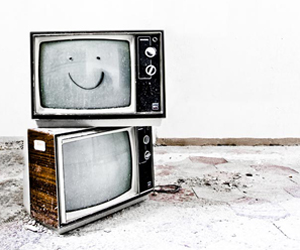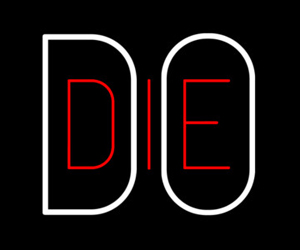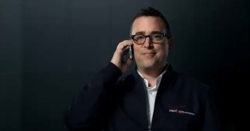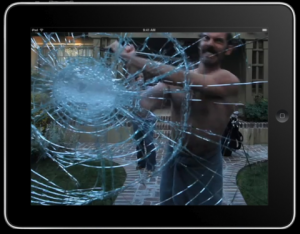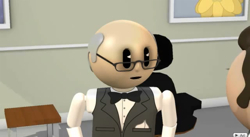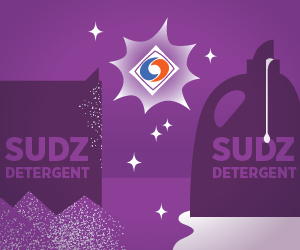
Why Your CPG Brand Isn’t Remarkable and What You Can Do About It
This post originally appeared in our August '13 issue of “Live Report from the Future of Marketing,” our monthly Post-Advertising newsletter. Subscribe for free here.
Marketing CPG products is hard. Marketing Apple products is easy. Well, not really (on both accounts), but let me explain.
Apple products—computers, phones, music players, tablets and other digital devices—are some of the most expensive products on the market. But devoted fans come out in droves to purchase the latest editions, seeming not to mind that they’re paying a premium for the mass-produced technologies. I’m not faulting them. I’m a fanboy myself, writing this article on my MacBook Pro, which is connected to Wi-Fi with Apple Airport, with my iPhone and iPad close by.
Editor's picks
- Casinos Not On Gamstop
- Best Non Gamstop Casinos UK
- Best Non Gamstop Casinos In The UK
- Casinos Not On Gamstop
- Casino Not On Gamstop
- Non Gamstop Casino Sites UK
- Slots Not On Gamstop
- Online Casino Canada
- Non Gamstop Casino UK
- カジノ オンライン
- Casino Not On Gamstop
- Casino Sites Not On Gamstop
- Casino Sites Not On Gamstop
- Sites Not On Gamstop
- Casinos Not On Gamstop
- Meilleur Casino En Ligne
- UK Online Casinos Not On Gamstop
- Online Casinos
- Non Gamstop Casinos
- Casino Not On Gamstop
- Best Online Casinos UK



